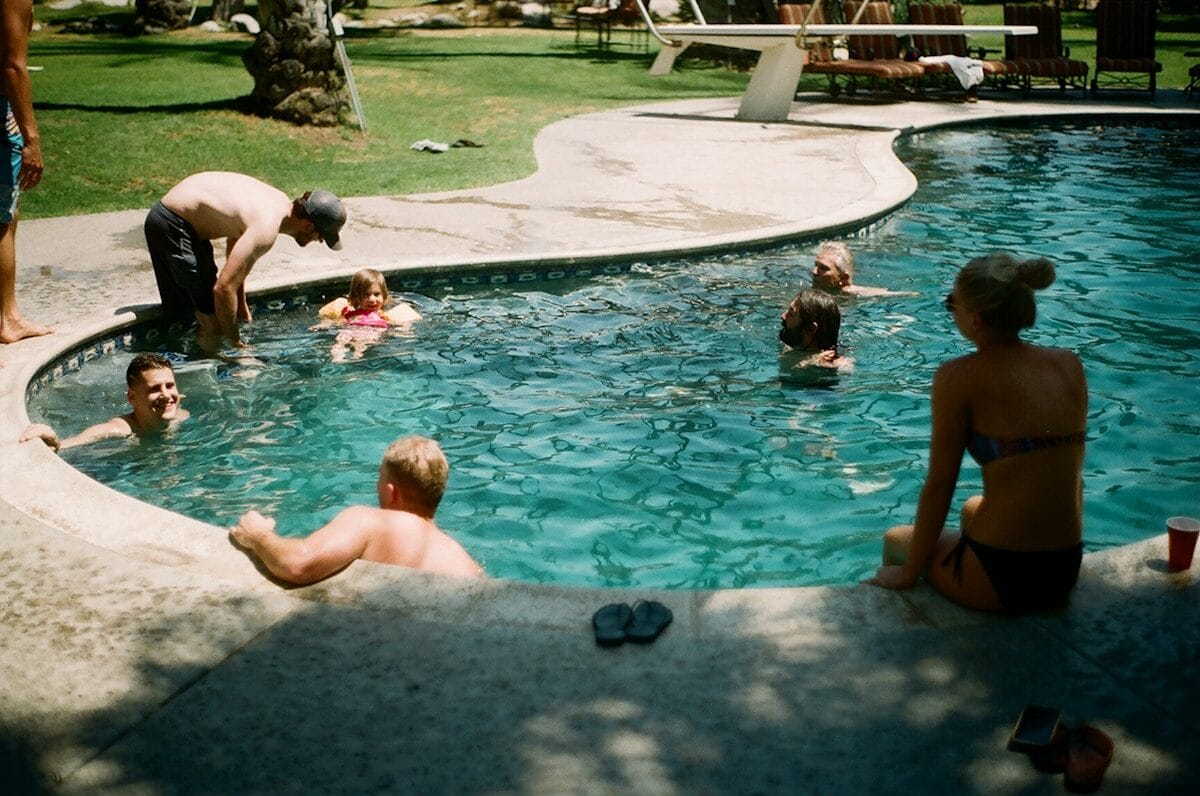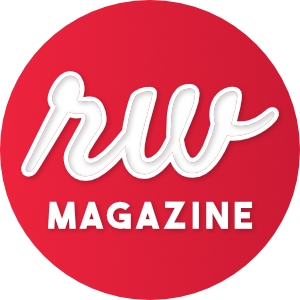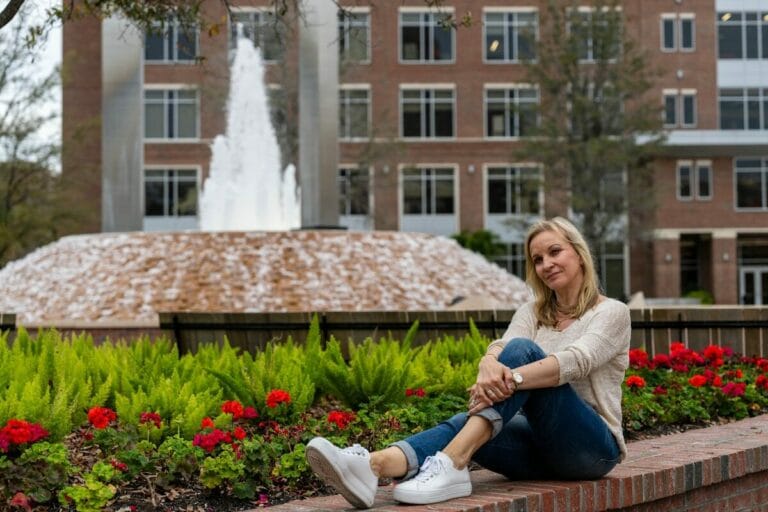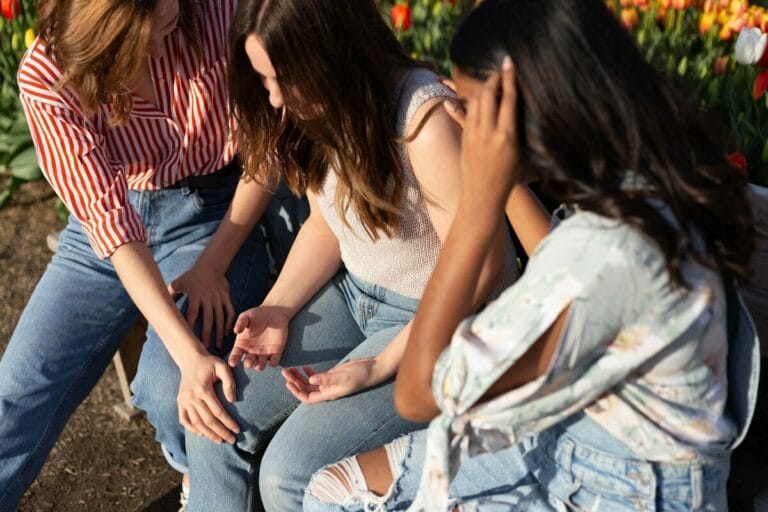Finding Your Lane: The Everyday Leaders Behind Pasadena’s Rose Bowl Aquatics Center
Discover how the Rose Bowl Aquatics Center fosters wellness, community support and confidence, proving true health comes from shared experiences not perfection

Walking into most fitness centres can feel like stepping onto a film set where everyone knows their lines except you. The perfect ponytails, matching workout sets and effortlessly executed routines can make even the most determined woman feel like she’s somehow failing before she’s even started. But scattered across communities are places that work differently – spaces where being healthy doesn’t require looking perfect and where the people in charge understand that wellness isn’t about competing with others, but finding your place within something bigger.
For 35 years, the Rose Bowl Aquatics Center in Pasadena has been one of those rare places. More than 250,000 people walk through its doors annually, from nervous three-year-olds taking their first swimming lessons to 75-year-old Masters swimmers who’ve found their rhythm in the early morning lanes. It’s the kind of community fixture that changes lives not through dramatic transformation stories, but through building confidence in the quiet accumulation of showing up, being welcomed and discovering that health happens best when you’re not doing it alone.
Why Community Matters More Than Perfect Form
The research backs up what anyone who’s found their place at a community pool already knows. Studies show that women gain significant health and social benefits from participating in swimming and water-based fitness programs at community centres. Beyond the obvious physical improvements – better cardiovascular health, increased muscle strength and reduced stress – women form lasting social bonds through group aquatic activities that help reduce loneliness and actually make them more likely to stick with their fitness routines.
At RBAC, this isn’t just theory. The centre has maintained a 20-year partnership with Pasadena Unified School District, providing free swim lessons to every third-grader in the district. That’s 15 lessons, swimsuits, workbooks and family swim passes at no cost – the kind of program that only happens when people believe access to wellness should never depend on your postcode or bank balance.
The People Behind the Pool Deck
This summer, RBAC welcomed a new leadership team that reflects exactly this kind of thinking. These aren’t boardroom executives parachuting in with business theories about community impact. They’re people who’ve lived the reality of what happens when fitness feels like belonging rather than competing.
John Mothershead, the newly appointed Board Chair, brings more than his day job as managing partner of a real estate investment group. He’s spent years as both a swimmer and triathlete, understanding firsthand how training works better when you’re surrounded by people who share your commitment rather than judge your technique. His role in fundraising and facility development at RBAC stems from someone who knows what it’s like to need that 6am lane swim before work and wants to make sure it’s there for others.
Dr Roy Ashford joins the board as both a spine surgeon and an Ironman triathlete. His three decades of medical experience give him unique insight into how movement and community support affect long-term health, whilst his own passion for endurance sports keeps him grounded in the reality of what it takes to maintain fitness as life gets complicated. He brings the kind of perspective that recognises wellness isn’t just about individual willpower – it’s about creating systems that make healthy choices easier.
Ivan Shin represents the parent perspective that drives so much community involvement. As the father of a Rose Bowl Aquatics swim team athlete and active Booster Club supporter, he’s experienced both sides of what makes a place like RBAC work – the programs that help kids find confidence in the water and the community of families that forms around shared goals. His nonprofit leadership experience at institutions like Caltech gives him the practical thinking to ensure those programs continue thriving.
Linda Sindell brings creative energy honed through her entertainment marketing career, but more importantly, she brings 25 years of personal connection to RBAC as a Masters swimmer. She knows what it’s like to show up not knowing anyone and gradually become part of a community that cheers for your personal best rather than comparing you to anyone else’s. Her commitment stems from someone who’s lived how sports participation shapes leadership from newcomer to belonging.
Matthew Hawkesworth rounds out the team with his background as Acting Assistant City Manager and Director of Finance for Pasadena. His role focuses on the practical side that makes everything else possible – keeping facilities running smoothly so people can focus on their swimming, their friendships and their health without worrying about whether the lights will be on or the pool will be heated.
‘These outstanding individuals each represent a unique strength that will help guide the Rose Bowl Aquatics Center into our next chapter,’ says Melanie Sauer, RBAC’s Executive Director.
When Community Drives Results
The difference shows up in ways that can’t be measured in membership numbers alone. At RBAC, community pools enhance physical, mental, emotional and social health by creating environments where exercise becomes social rather than solitary. The early morning Masters swimmers who’ve become each other’s accountability partners. The families who started with kids’ lessons and realised the parents could use some pool time too. The adults who tried swimming for the first time in decades and discovered their bodies were capable of more than they’d remembered.
As RBAC celebrates 35 years of impact, they’ve launched the 35 for 35 Campaign to ensure these programs continue. Community fundraising efforts like this represent thousands of individual stories – people who found confidence, friendships, better health or simply a place where showing up as they are was enough.
Finding Your Own Lane
If you’re looking for your own version of this kind of community wellness, start by exploring what’s available locally. Look for programs specifically designed for adults of all levels – many Masters swimming programs welcome complete beginners alongside former competitive swimmers. Check if centres offer family swim nights or parent-child classes that let you explore fitness alongside other commitments. Ask about adaptive programs or beginner-friendly classes that prioritise learning over performance.
The key is finding places where the people running things understand that wellness isn’t about perfection – it’s about showing up consistently in environments that make you feel supported rather than judged.
More Than Just Swimming
Community fitness centres like RBAC work because they recognise something the perfect-Instagram-wellness world often misses: most of us need other people to stay motivated, accountable and confident in our own capabilities. We need places where the goal isn’t to look like someone else, but to become the strongest, healthiest version of ourselves.
The leadership team now guiding RBAC represents exactly this understanding. They’re not there because they’ve mastered perfect wellness routines, but because they know what it’s like to be part of something that makes ordinary people feel capable of more than they thought possible.
Whether it’s the laughter that happens during early morning training sessions, the unexpected friendships that form in changing rooms, or the quiet satisfaction of finally mastering that stroke you’ve been working on for months, real wellness happens in communities where genuine care means people show up for each other, not just for themselves.
Perhaps it’s time to visit your local pool. Not for perfection, but for connection.





